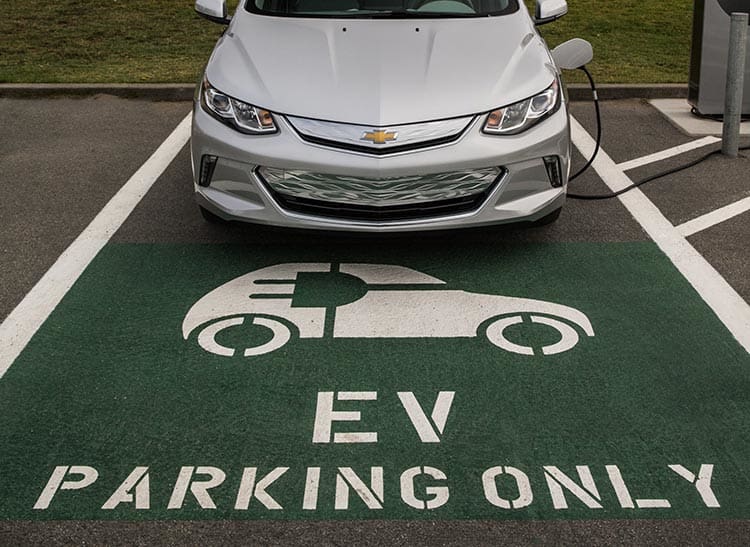It’s no secret California has been dealing with serious energy and air quality issues for a long time. California actually started regulating emissions before the EPA! One major way to reduce greenhouse gas emissions is through electrification. Let’s talk about what exactly electrification is and how local energy and EV reach codes get us closer to a clean energy future.

What is Electrification?
Electrification is the process of converting fossil fuel-operated appliances like oil furnaces, gas water heaters, and wood stoves to electricity. In California, Title 24 of the Code of Regulations sets the building code standards for all authorities.
DYK heating and cooling of buildings accounts for about 13 percent of US emissions?
These standards regulate building energy efficiency, including:
- Lighting
- Cooling and heating systems
- Building insulation
The current California standards apply to projects with permit applications submitted on or after January 1, 2020. At the time of the writing of this article, we are about halfway through the current code cycle with the upcoming standards set to be effective on January 1, 2023.
What are Reach Codes?
The Building Energy Efficiency Standards regulate building energy efficiency throughout the state of California, however, local jurisdictions can adopt more strict requirements known as “energy reach codes”. Through the development and implementation of these codes, local governments can impose stricter energy efficiency requirements.
In addition to meeting the baseline statewide standards, a reach code must meet the following requirements:
- Reach codes must be cost-effective. The funds saved from reduced energy costs should be able to cover initial cost increases.
- The California Energy Commission must approve all reach codes.
- The codes must be re-approved and reviewed every three years. The next code cycle change will go into into effect on January 1, 2023.
How do reach codes further electrification?
Electrification begins with local goals – what is the community trying to achieve and by when? At ID360 we work with local government teams to understand their sustainability goals and help develop bold policies around green building, climate change, and energy efficiency. We work side-by-side with city staff to implement the goals of the city council and community members. Check out our recent project with the City of South San Francisco. We are working with the city on their unique characteristics surrounding their reach codes in support of building electrification and electric vehicle charging infrastructure goals.
All California cities that have adopted an Energy Reach Code during the current 2019 code cycle will be required to update or archive their local code by next year. ID360 has provided advisory, policy development, and program design and implementation services to many other local jurisdictions. Read our other case studies or contact us to talk about your policy design needs.